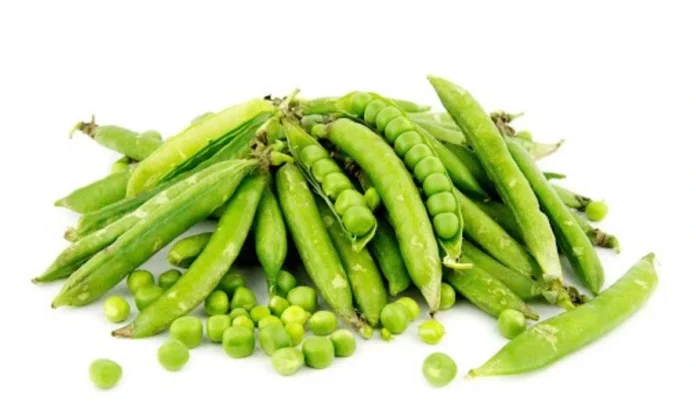Peas Glycemic Index
Peas are a versatile vegetable known for their low glycemic impact and nutrient density. The glycemic index (GI) of peas is around 22-39, placing them in the low-GI category. This low GI means peas are digested and absorbed slowly, resulting in a gradual release of glucose, making them ideal for those managing blood sugar levels.
Peas Glycemic Load
The glycemic load (GL) of peas is also low, typically around 4-5 per 100 grams. The low GL of peas, combined with their high fiber content, means that even larger servings have a minimal effect on blood sugar levels. This makes peas a beneficial addition to most diets, particularly for individuals monitoring their blood glucose levels.
Peas Nutritional Profile (per 100 grams, cooked)
Peas provide an impressive array of nutrients, including fiber, protein, vitamins, and minerals. Here’s a detailed look at their nutritional profile per 100 grams of cooked peas:
| Nutrient | Amount per 100g | % Daily Value (DV) |
|---|---|---|
| Calories | 84 kcal | – |
| Carbohydrates | 15 g | – |
| Sugars | 5.7 g | – |
| Fiber | 5.5 g | 22% |
| Protein | 5.4 g | 11% |
| Fat | 0.2 g | – |
| Vitamin A | 765 IU | 15% |
| Vitamin C | 14 mg | 16% |
| Vitamin K | 26 µg | 32% |
| Folate | 65 µg | 16% |
| Iron | 1.5 mg | 8% |
| Potassium | 271 mg | 8% |
| Magnesium | 33 mg | 8% |
| Calcium | 25 mg | 2% |
| Water | ~78 g | – |
Peas are especially rich in fiber and protein, making them a filling, low-calorie food. They also provide a good source of vitamin K, vitamin A, and folate, all of which contribute to bone health, immune support, and cellular function.
In summary, peas have a low glycemic index and glycemic load, making them a smart choice for people aiming to manage their blood sugar while enjoying a nutrient-dense food.






